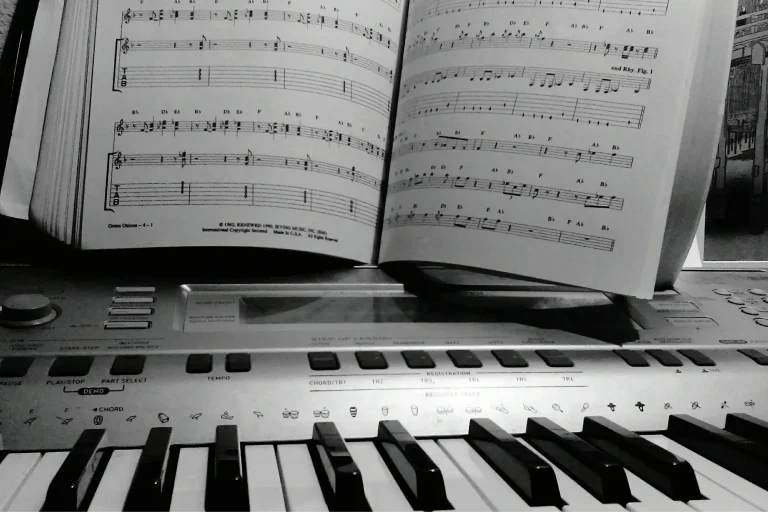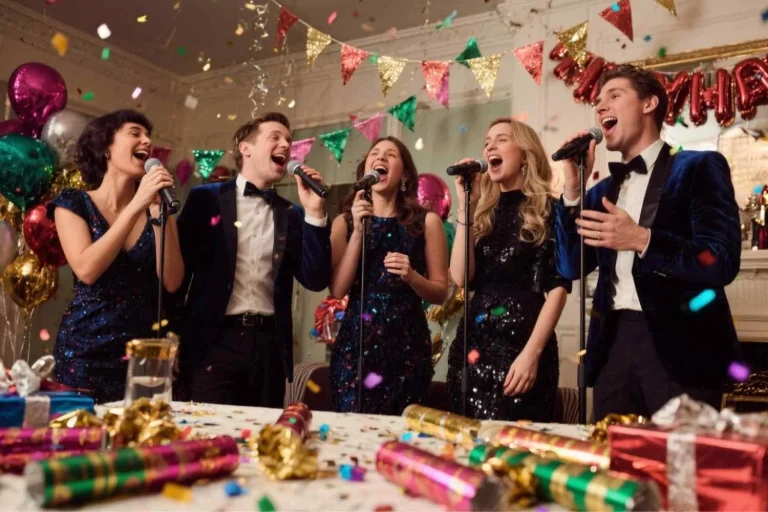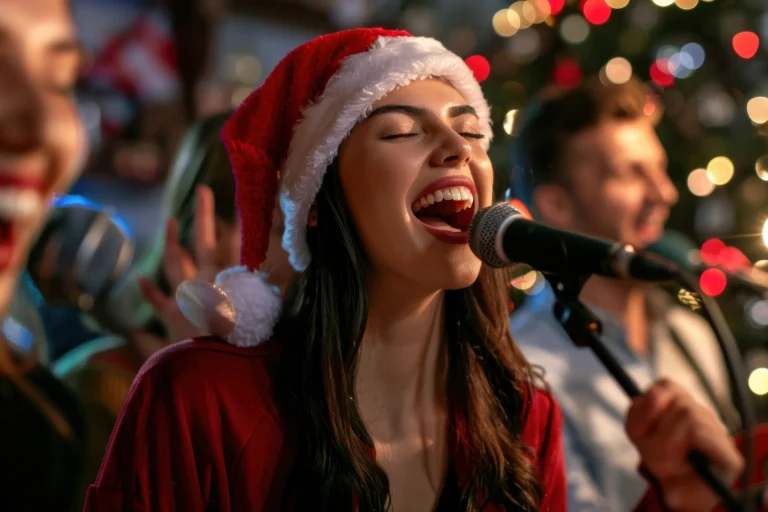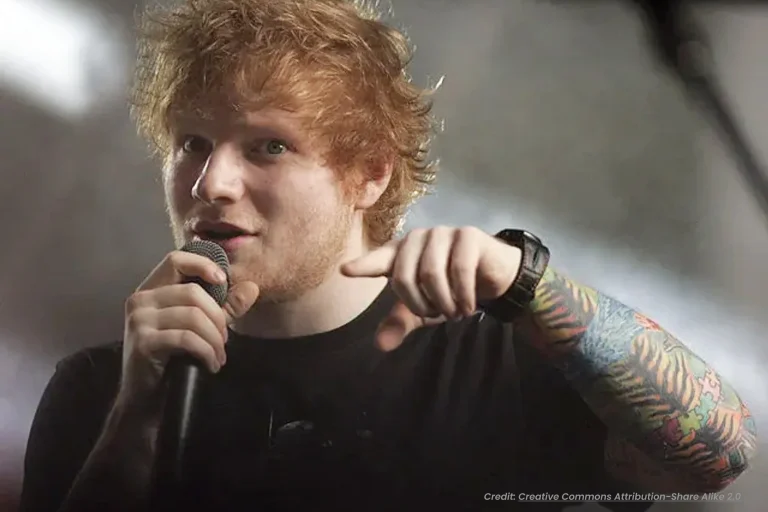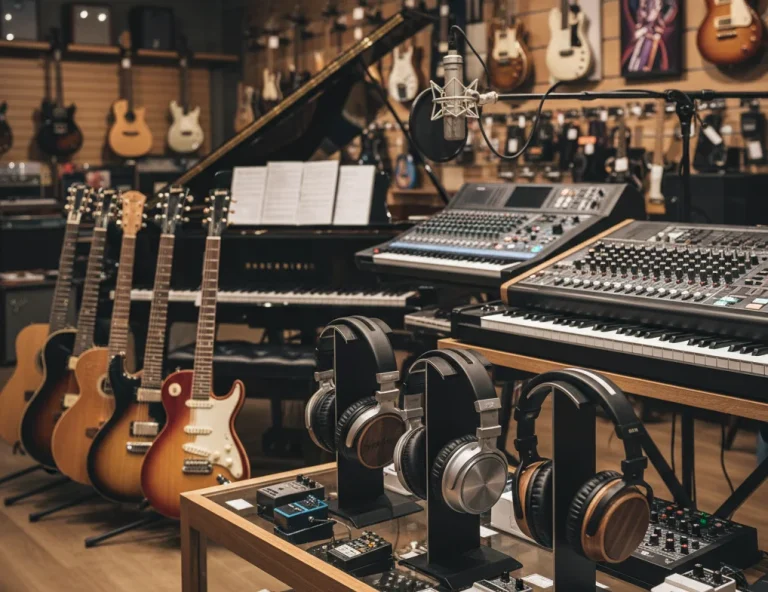All Topics
- Alchemizing Music Concepts for Students
- Artist Spotlight
- artium gift card
- Artium Maestros
- Artium News
- buying guide
- Carnatic Music
- Devotional Music
- Editorials by Ananth Vaidyanathan
- Film Music
- Guitar
- Hindustani Classical Music
- Indian Classical Music
- Indian Folk Music
- Insights
- Instruments
- Karaoke Singing
- Keyboard
- Kids Music
- maestros
- Music Education
- Music for Kids
- Music Industry
- Music Instruments
- Music Legends
- Music Theory
- Music Therapy
- Piano
- piano guide
- Success Stories
- Tamil Film Music
- Telugu Film Music
- Time Theory
- Tools
- Uncategorized
- Vocal Singing
- Vocals
- western classical music
- western music
- Western vocal music
western classical music, western music, Western vocal music
The Evolution of Vocal Styles in Western Music In The 21st Century
The Evolution of Vocal Styles in Western Music In The 21st Century
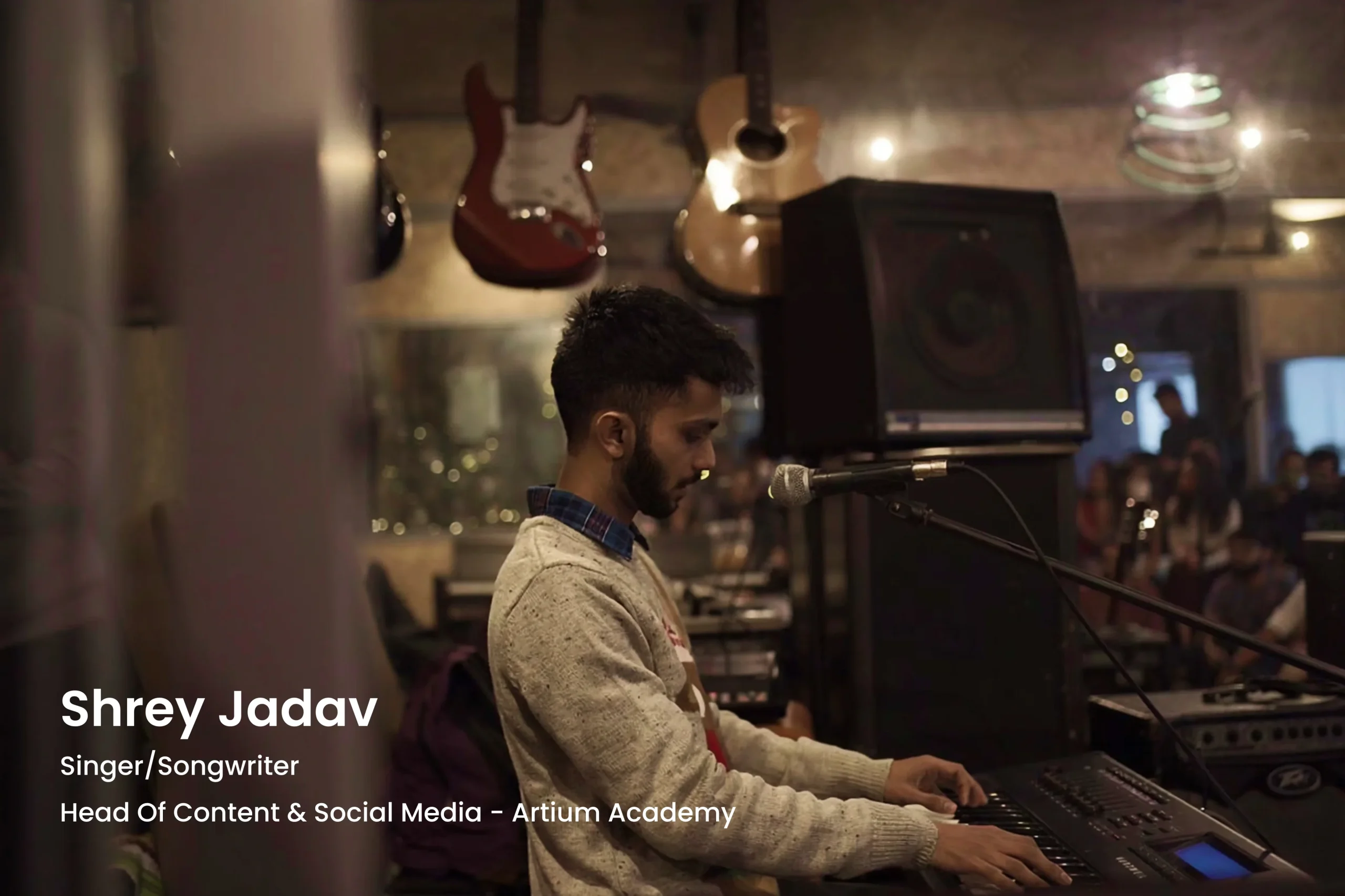
Table of Contents
Call it English singing, Western singing, International music, or, in a country obsessed with Bollywood, even ‘Hollywood singing.’ In India, many assume that popular music in the West is, like here, largely made for films. But the truth is, Western vocal styles have evolved through centuries of culture, genres, and artistic revolutions, creating a rich tapestry far beyond the big screen. Just like how Indian music has stemmed from, whether Hindustani Classical or Carnatic Classical.
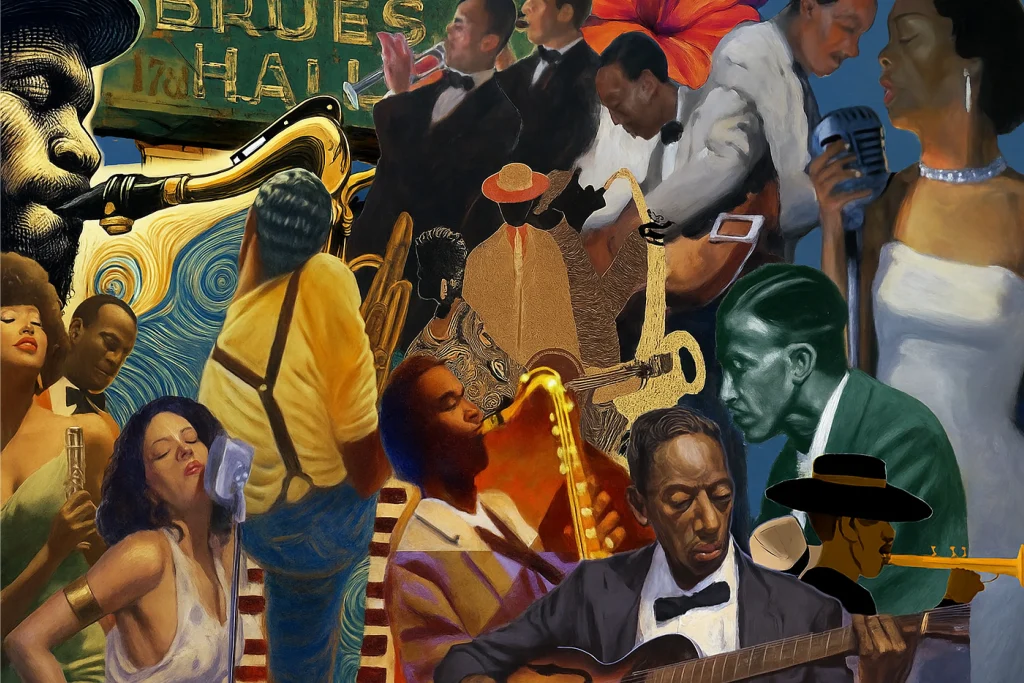
Today, Western Vocals is largely dominated by pop music, with global icons like Taylor Swift, Beyoncé, Bruno Mars, Ed Sheeran, The Weeknd, Ariana Grande, Lady Gaga, and Adele shaping the soundscape. The internet, media access, and a culture of strong fandoms have amplified their reach like never before. With the rise of streaming platforms, viral trends, and a culture of fandoms, the voice has become more than an instrument to a point where it’s a signature of identity.
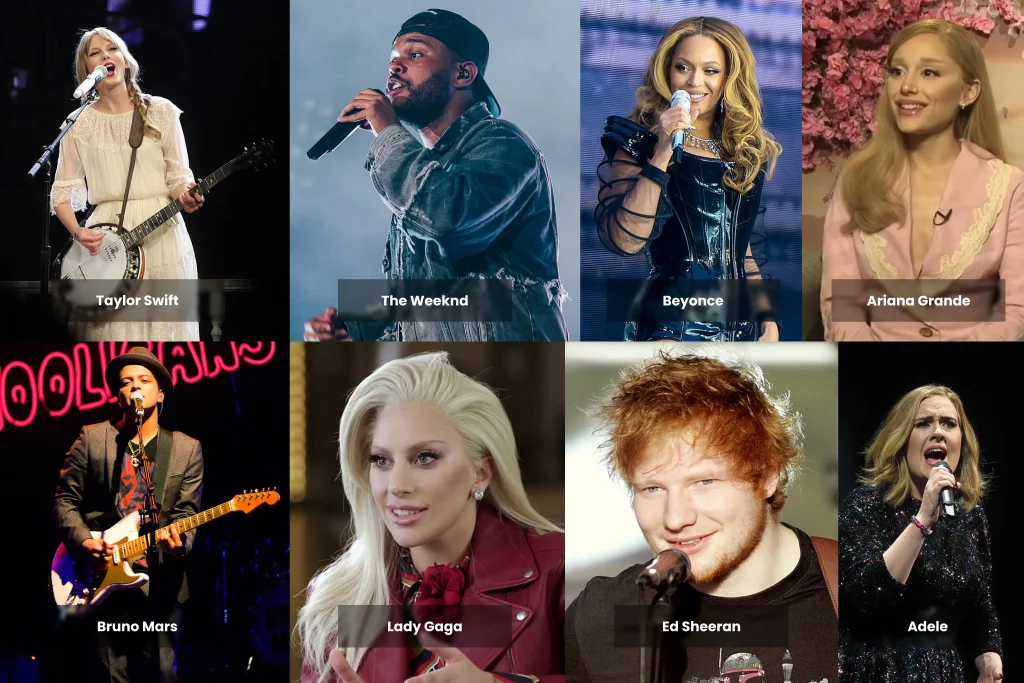
This era has also sparked an interesting question among music enthusiasts: What even is R&B anymore? Is R&B now considered Pop? Does Pop still have a distinct sound? Has Hip-Hop become Pop? Can Country Music be Pop too?
Modern artists often refuse to be confined to a single genre. Take Taylor Swift, for instance. She began as a country girl from Nashville with her early albums like Taylor Swift & Fearless, shifted to synth-driven pop with 1989, embraced electro-pop on Reputation, and later returned to her Americana roots with Folklore and Evermore.
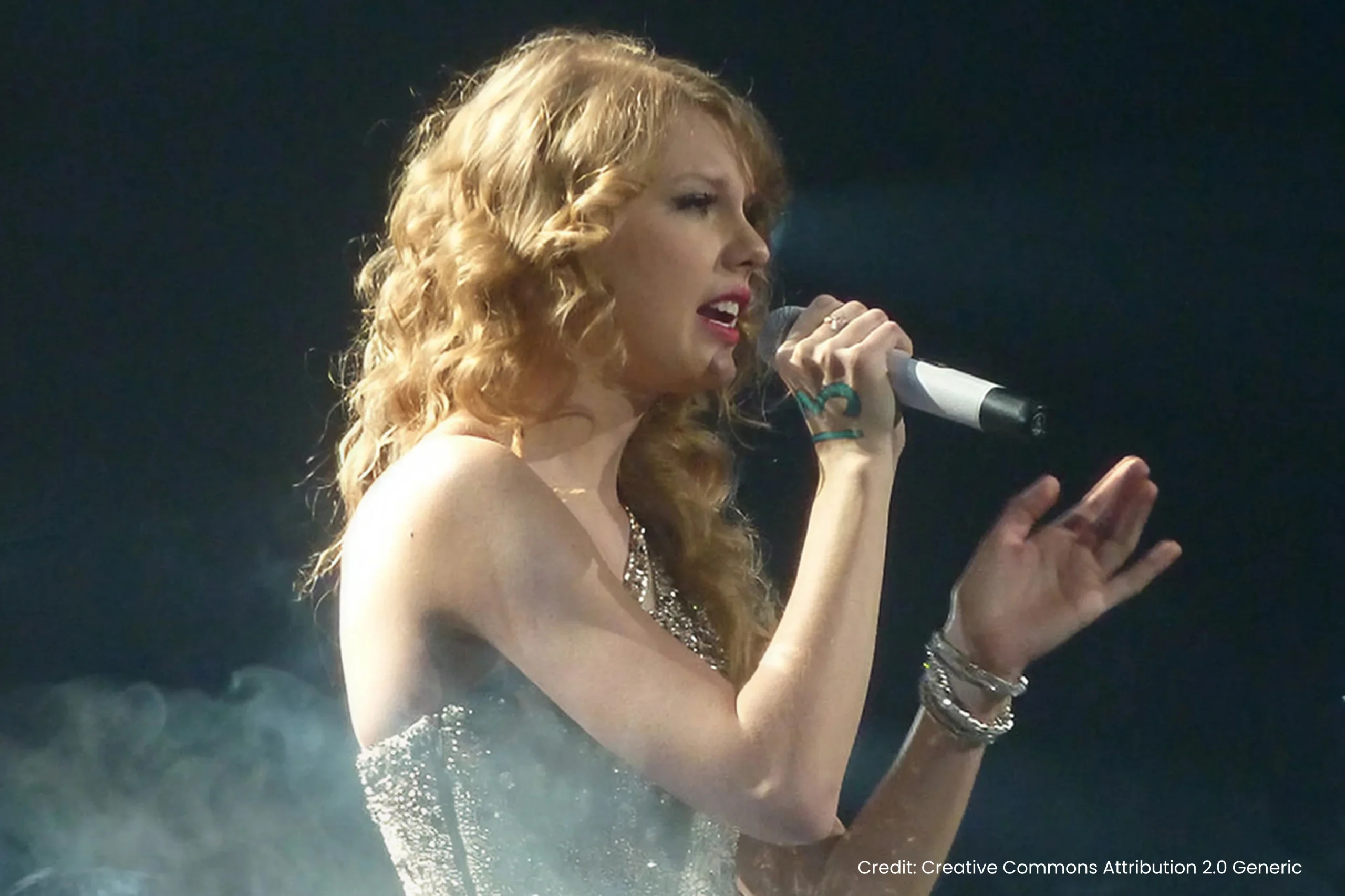
Unlike many predecessors who built careers around a singular style, today’s artists continuously reinvent their vocal approach. Another great example is Lady Gaga – transitioning effortlessly between dance-pop anthems, jazz collaborations with Tony Bennett, and stripped-back vocals in Joanne and A Star Is Born.
Early 1900s – Blues, Jazz, and The Birth of Modern Singing
To understand how vocal music arrived at where we are in 2025, let’s rewind a century earlier to the early 1900s. This period can be marked as the beginning of the modern singing styles we know today. Singers like Bessie Smith and Louis Armstrong brought emotional phrasing, vocal slides, and improvisation to the forefront.
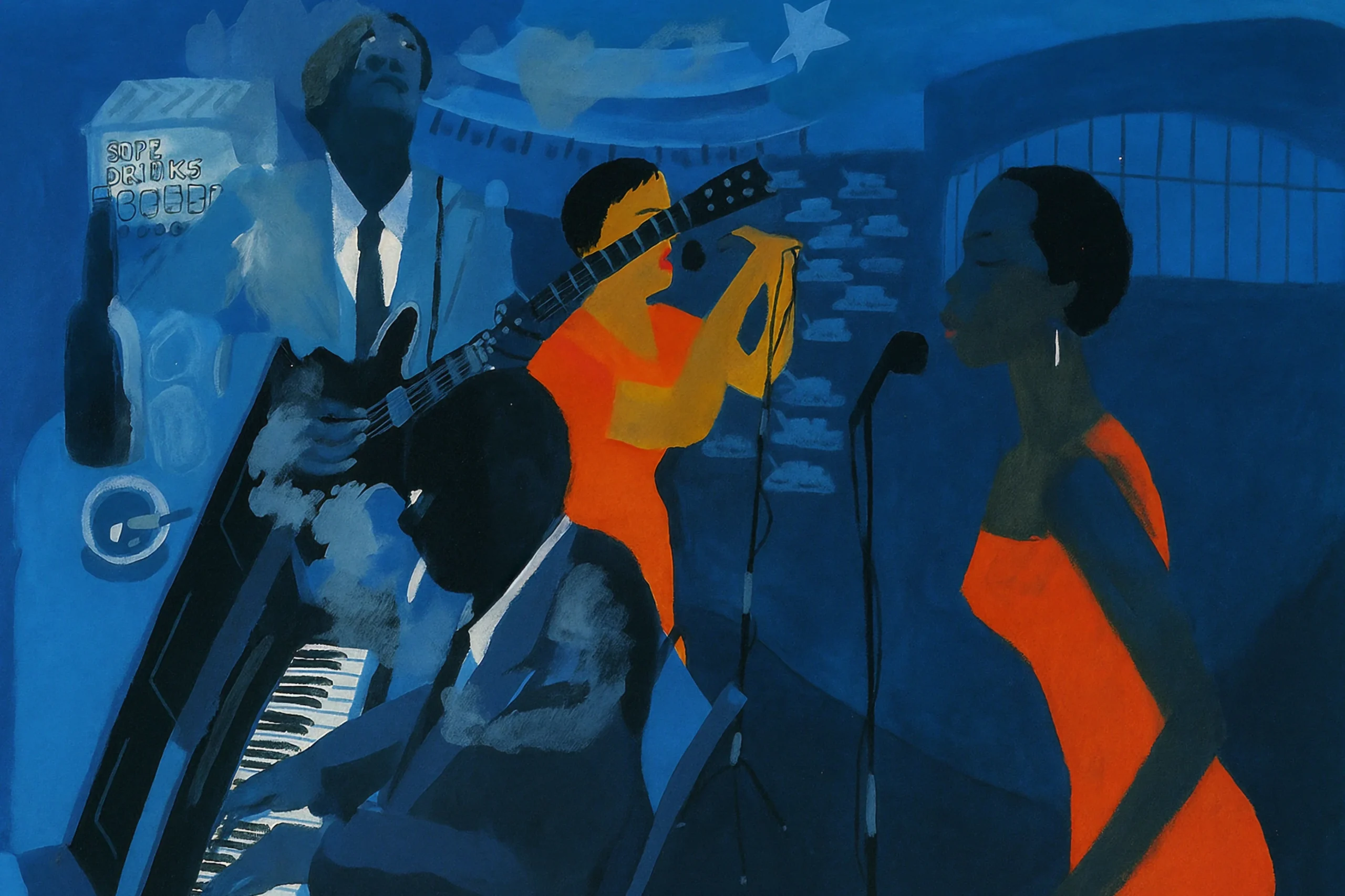
The crooning style of Bing Crosby and Frank Sinatra emerged later, taking advantage of microphones to create a softer, intimate sound that contrasted with the big, projected voices of previous eras. Their voices were smooth and conversational (basically, the first pop stars in the modern sense!).
1940s-70s – Soul, R&B & Rock ’n’ Roll
As we move forward, gospel crept into secular music, giving rise to soul and R&B. Back in the 1940s, Rhythm & Blues (or R&B) was a mix of jazz, blues, and boogie-woogie rhythms, played in clubs and jukeboxes for mostly Black audiences. It had driving beats, catchy riffs, and singers with big, gritty voices (think Ray Charles or Ruth Brown). These singers are known to shout, growl, or slide around the melody to keep the energy high!
By the 1950s, gospel-style singing began seeping into this sound, and that’s where Soul was born. Soul took the emotional intensity of church singing, the soaring belts, the “call and response” between lead and backing vocals, and the sense of testifying and brought it into secular songs about love, joy, and struggle. Soul vocals had fire. They pulled directly from gospel techniques: melismatic runs (stretching one syllable across many notes), dynamic swells (soft whispers to explosive belts), and emotional “testifying”. Singers like Sam Cooke fully embodied this. It was singing that moved people.
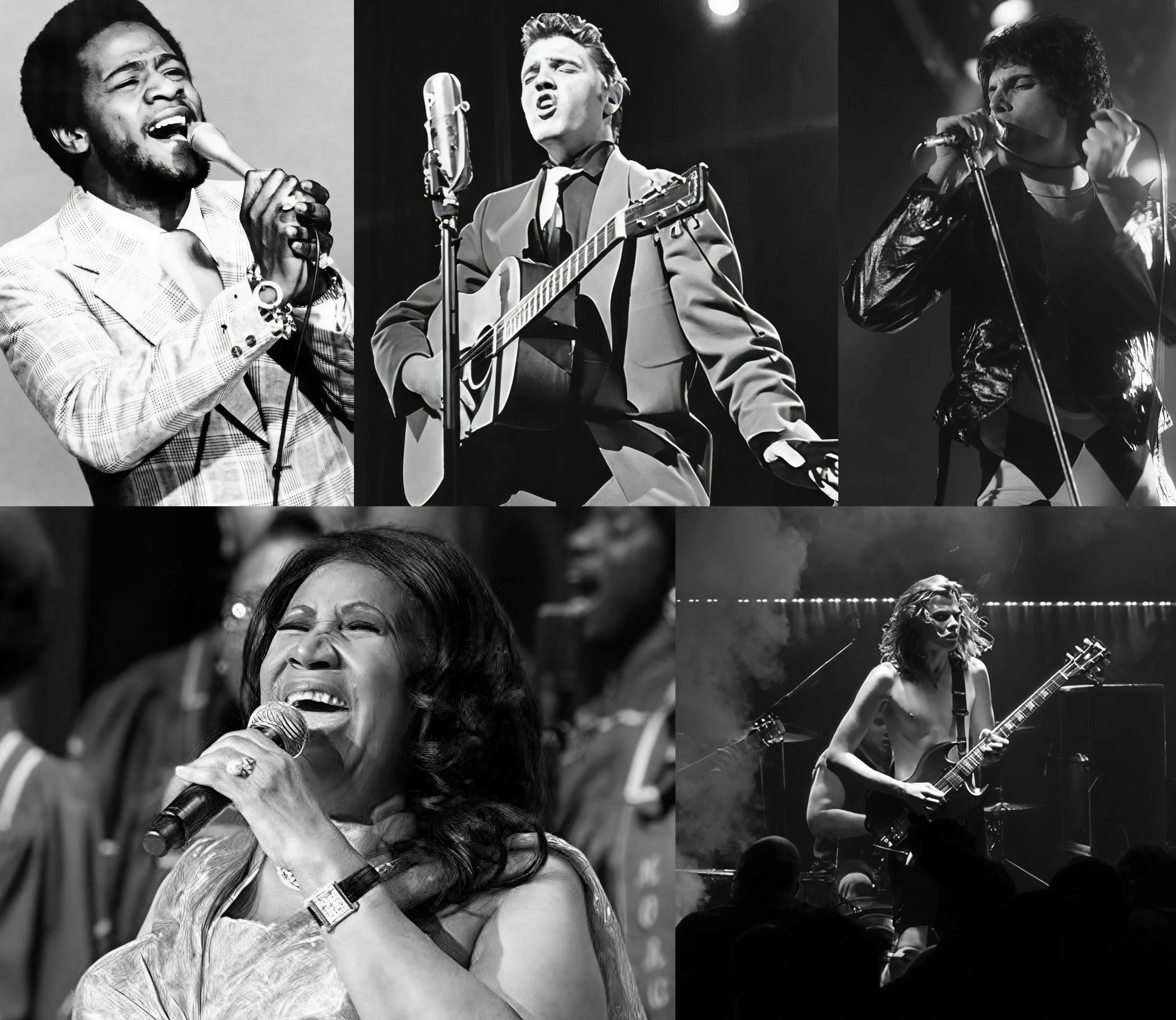
And not just technically, Soul was about making you feel. This style, with church style singing, then grew into songs with lyrics about love, heartbreak, and everyday life instead of only faith. A notable artist in this genre is the incredible Queen of Soul, Aretha Franklin, who is considered to be one of the greatest singers of all time!
The 60s brought the explosion of Rock ’n’ Roll. Elvis Presley’s drawl, The Beatles’ harmonies, Janis Joplin’s raspy screams, rock singing was raw, rebellious, and physical! Voices became instruments of attitude, not just melody. Meanwhile, Soul and R&B reached golden ages with Motown and Stax Records. Stevie Wonder, Marvin Gaye, and Aretha Franklin made runs, riffs, and soaring belts mainstream.
The 70s were undeniably the “big voice era.” Singers started pushing vocal power even further. Think Freddie Mercury (operatic rock) and my biggest vocal inspiration! Robert Plant (wailing rock god), or Donna Summer (disco diva). Belting became central. Range and stamina mattered, along with heavy focus on stage presence and crowd control, as bigger venues for LIVE music saw “fandoms” in large numbers waiting to listen to their favorite artists.
The 1980s – More Voice!
If there’s one word for ’80s vocals, it’s power. Whitney Houston, Celine Dion, George Michael, Elton John, and so many more icons came around this time, a time of the clean, chest-voice driven belts that could soar over synths and stadium crowds. Pop and R&B became synonymous with vocal gymnastics – melismas, octave jumps, and belting with clarity.
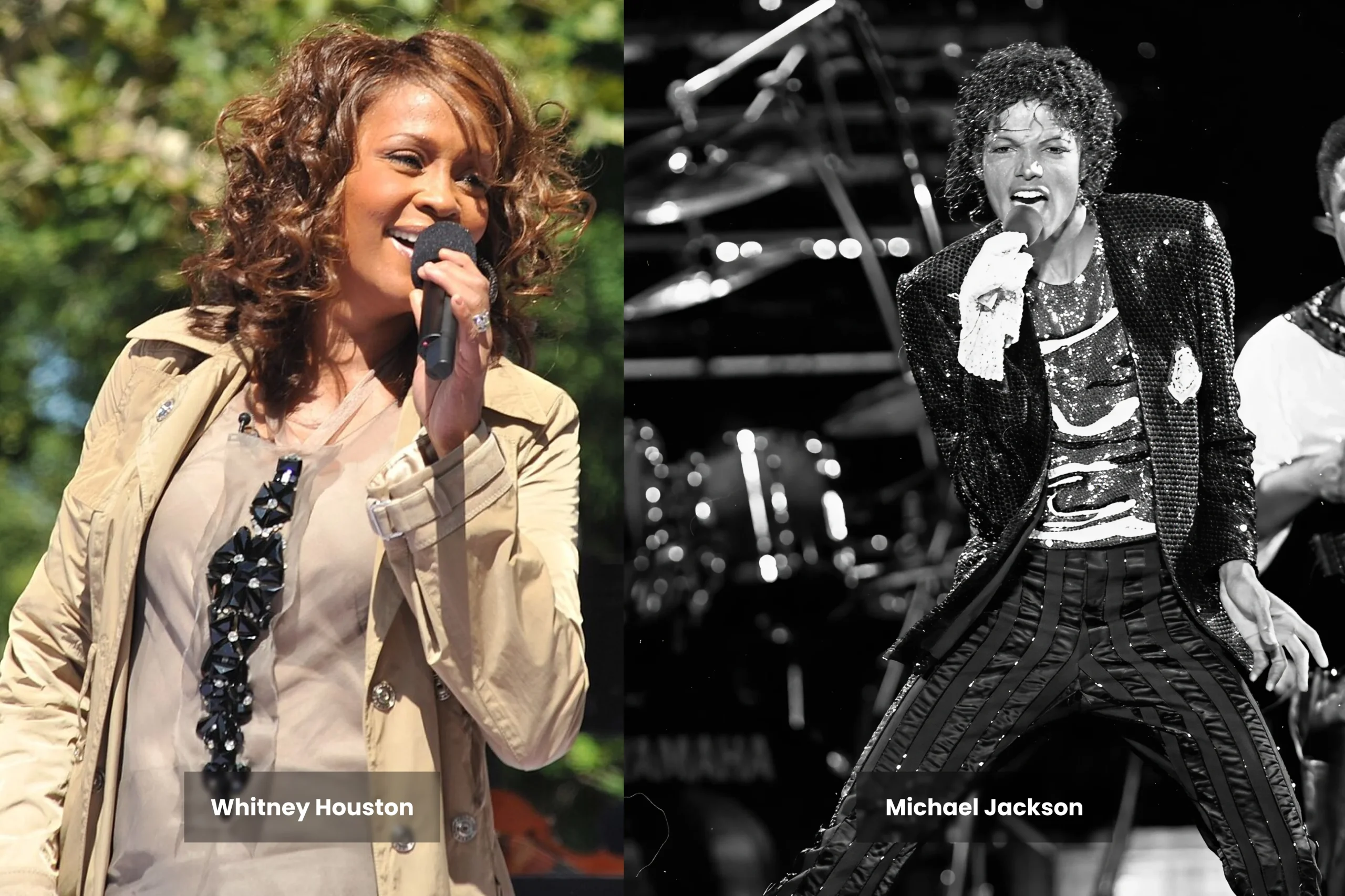
Michael Jackson brought in breathy tone, hiccups, and vocal ad-libs that became stylistic trademarks. Madonna introduced a theatrical pop vocal that inspires singers even today. Vocals weren’t just about notes anymore; they were about personality and character!
The 90s – Riffs, Runs & Authenticity!
The 90s were ruled by R&B vocalists like Mariah Carey, Boyz II Men, Toni Braxton, etc, who perfected the art of runs and riffs (long, ornamented melismatic passages). Singers layered harmonies, created vocal stacks, and experimented with falsetto and whistle registers (yes, where your singing sounds like you are whistling, the notes are that high!) The whistle register is a Mariah Carey signature and can be heard in the singing of a lot of modern RnB singers, made super popular again by the amazing Ariana Grande.
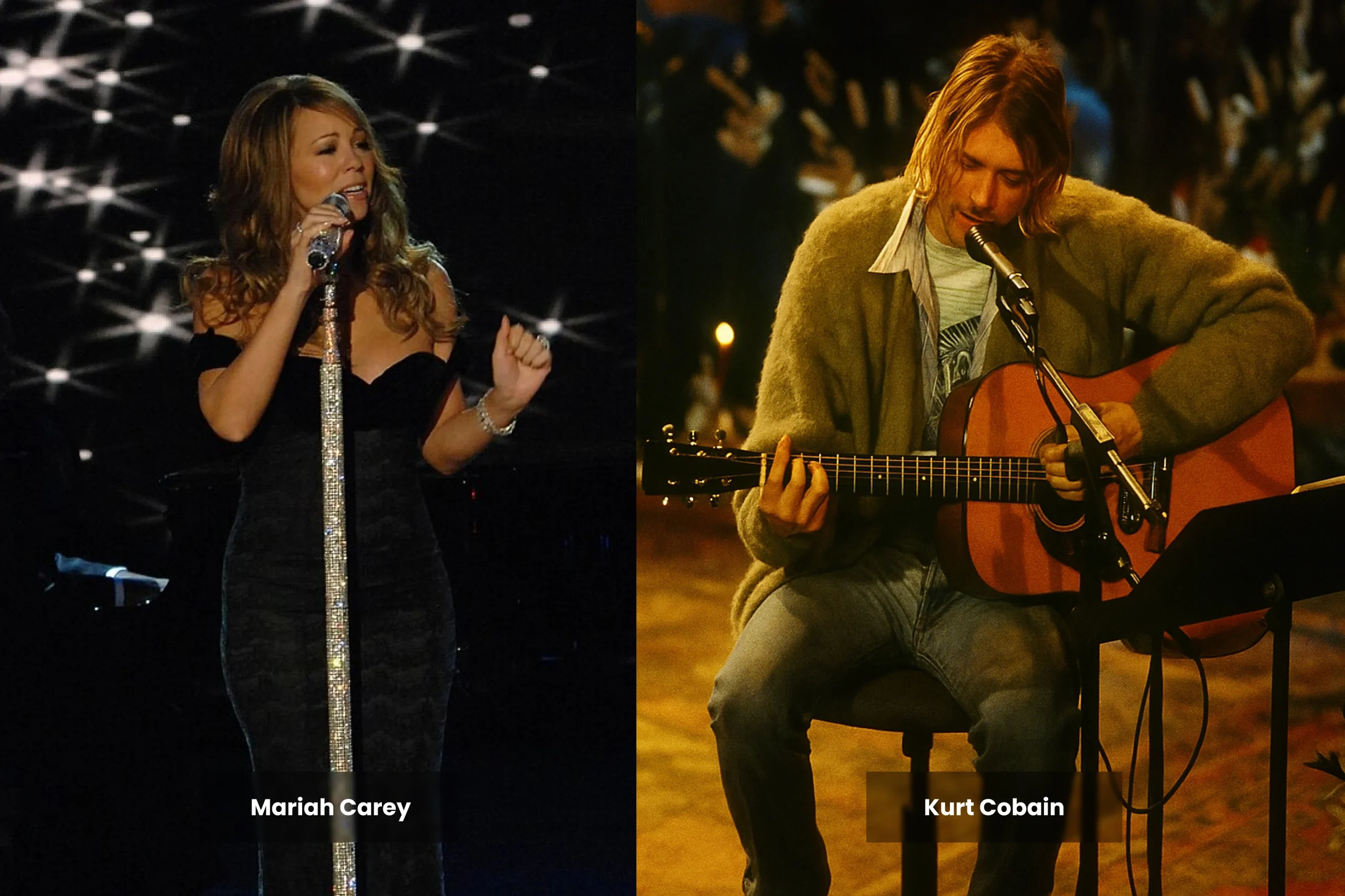
At the same time, grunge and alternative rock offered the opposite – raw, unpolished, even “flawed” vocals. Kurt Cobain’s raspy cries or Alanis Morissette’s unrefined belts were about emotion over technique. This tension or dissonance, which was polish vs rawness, shaped how 2000s vocals would evolve.
2000s – Pop-R&B Hybrid, Boybands, Girl Groups, and Autotune!
The early 2000s blurred lines. Music went from being recorded largely live to becoming even more synth-based and computerised compared to the 90s. Production was slick, polished, and often built for radio dominance. At the same time, artists were almost always in the media spotlight. The MTV generation, paparazzi, and tabloids turned singers into 24/7 public figures.
Pop was heavily influenced by R&B, with singers like Beyoncé, Usher, and Christina Aguilera dominating. Their styles were technical (runs, belts) but also highly stylized. Until this time, this was largely true – you had to be a GOOD singer to be a celebrity, which is not necessarily the case in 2025!
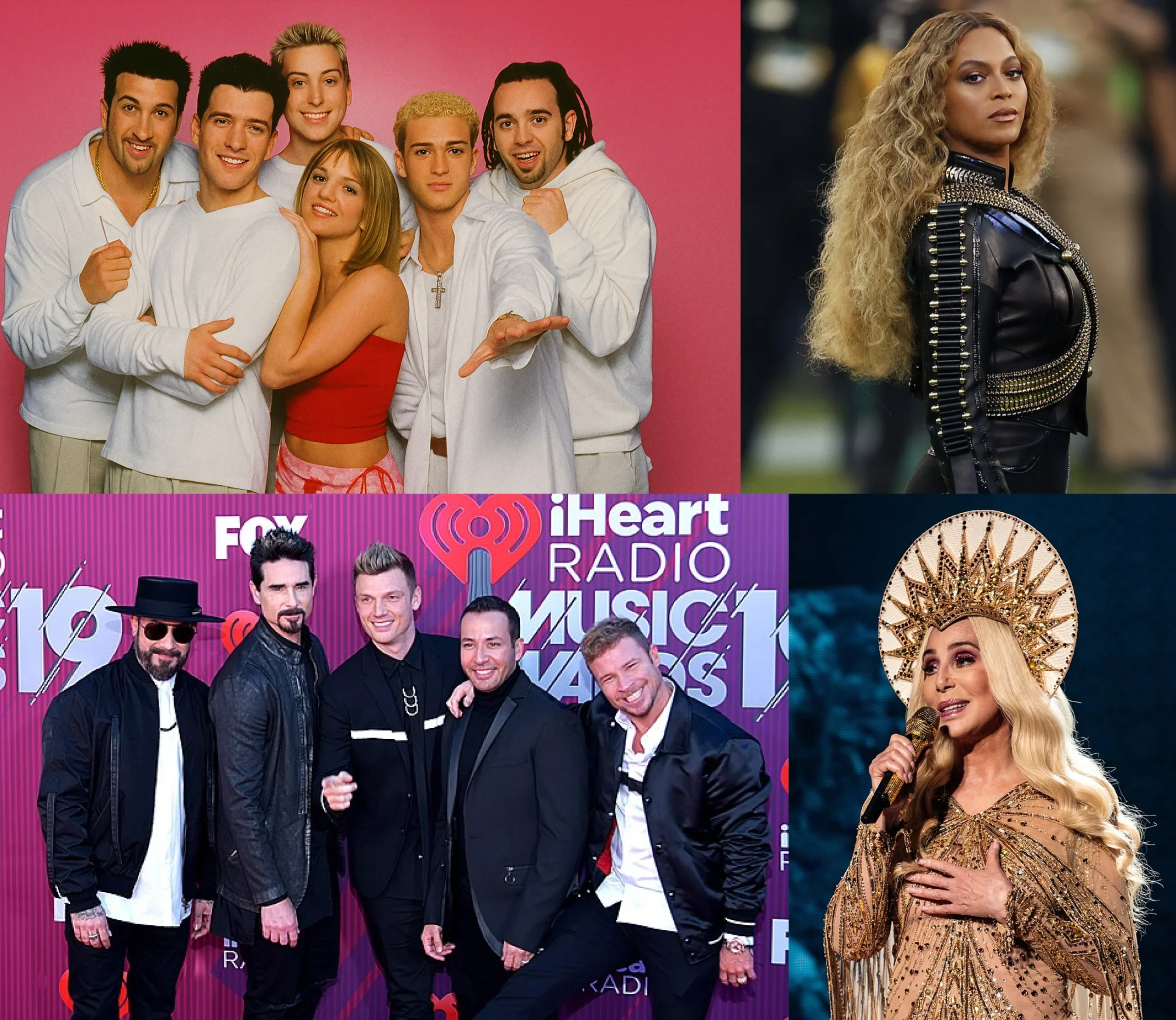
This was also the golden age of boybands and girl groups. Think NSYNC, Backstreet Boys, Westlife, Destiny’s Child, Pussycat Dolls. Their sound was built on tight harmonies, layered vocals, and the trade-off between lead singers and group responses. The emphasis was on vocal blend and group identity, many voices coming together as one.
Then came autotune. T-Pain popularized it not as pitch correction but as a vocal effect. Suddenly, “robotic vocals” weren’t a flaw; they were cool. This would pave the way for EDM vocals and other dance-pop styles.
Fun fact: The first actual use of autotune in a popular song was done in 1998 by Cher (who doesn’t age, apparently) with her iconic hit Believe.
2010 – Genre-Bending and Vocal Identity
By the 2010s, the walls between genres started crumbling. Pop could sound like hip-hop (Drake), country (Taylor Swift’s Fearless or Red), EDM (Calvin Harris + Rihanna), or alternative (Billie Eilish).
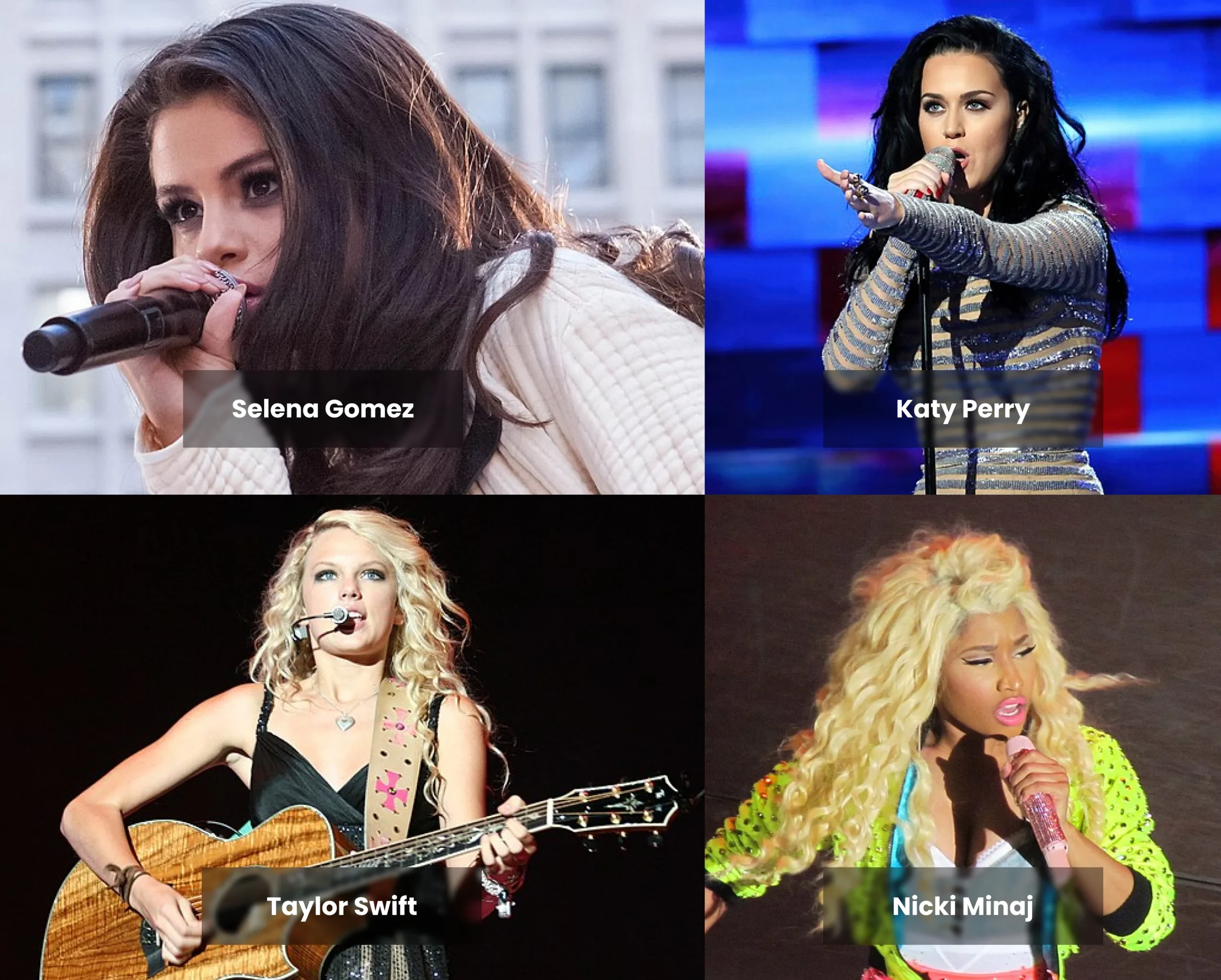
Vocals had to adapt! Belting wasn’t the only flex anymore. Singers leaned into breathiness, intimacy, and stylistic quirks. Adele revived the “classic ballad belt,” while Billie Eilish made whispers and close-mic textures a global phenomenon. Ariana Grande popularized whistle notes again, blending Mariah’s influence with modern trap beats. In all, everyone was happy!
2020s – Where Are We Now?
And here we are, the 2020s! A time where genre is fully fluid (is The Weeknd pop or R&B or synthwave?), where TikTok or Reels can turn a casual bedroom vocal into a global hit (Finneas and Billie Eilish), and where singers no longer have to pick one style. Taylor Swift can switch from country twang to synth-pop smoothness to indie-folk whispers. Beyoncé can belt gospel, rap in rhythmic flows, or float falsettos in Afrobeats-inspired tracks. Olivia Rodrigo mixes pop-punk screams with soft ballad intimacy.
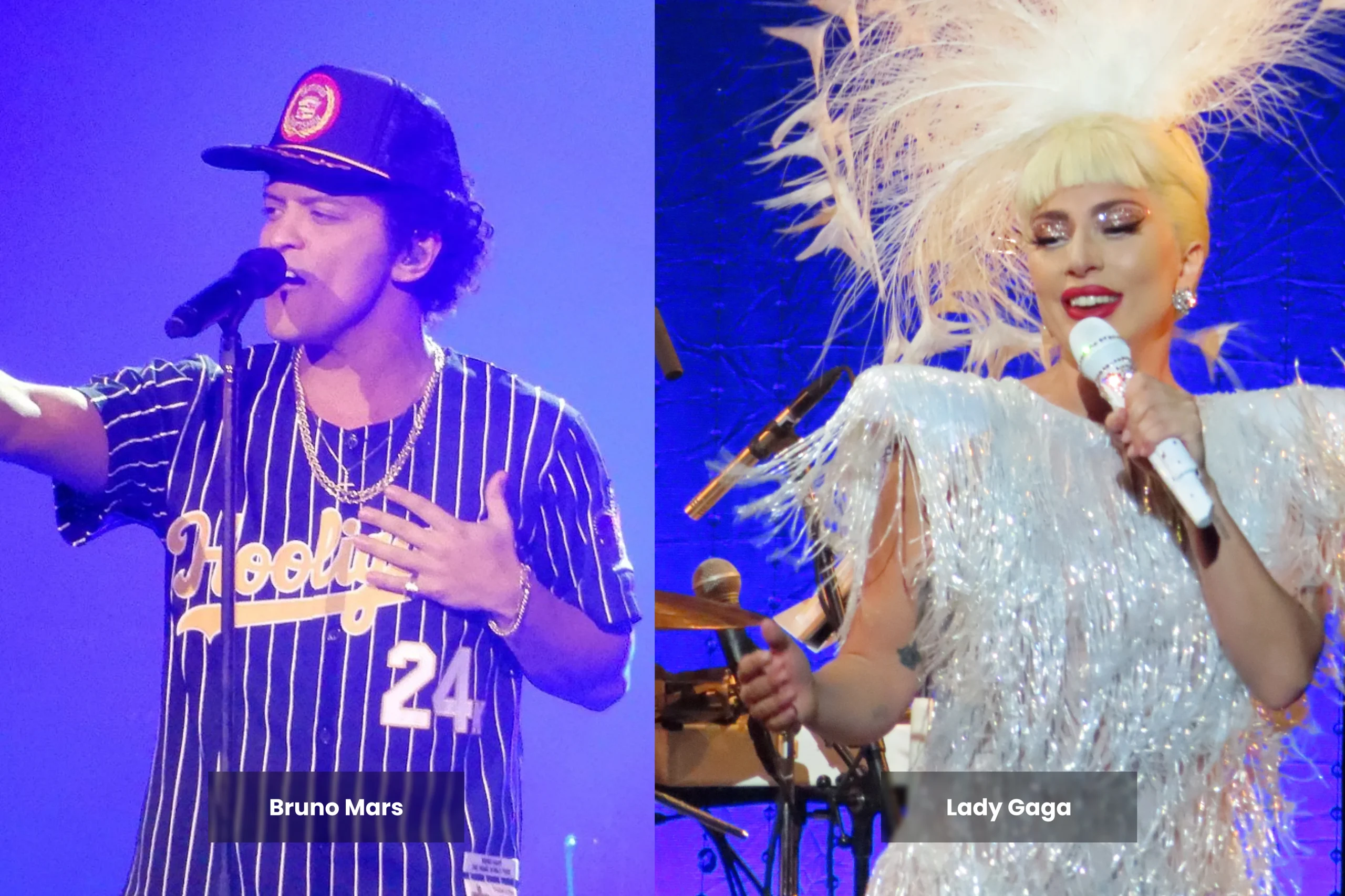
Artists care a lot about their branding, associations, and fan engagement along with their music. The modern vocal landscape is less about “correct” technique and more about stylistic versatility. Can you belt? Great. Can you whisper? Even better. Can you invent a new texture no one’s heard before? That might just make you go viral!
And maybe that’s the biggest transformation of all: in a world where genres blur and fandoms rule, your voice isn’t just how you sing. It’s who you are!
FAQs on Evolution of Vocal Styles in Western Music
Pop, R&B, hip-hop, indie, and contemporary fusion styles are the most popular, often overlapping to create new sounds.
They’ve become more experimental, blending multiple genres and reflecting the influence of digital production and global culture.
With so many artists releasing music, a unique vocal style is what makes singers instantly recognizable and memorable.
Icons like Beyoncé, Taylor Swift, Lady Gaga, The Weekend, Ariana Grande, Jessie J, Christina Aguilera, Britney Spears, Celine Dion, Ed Sheeran, Rihanna, Adele, Sam Smith, Katy Perry, Billie Eilish, and Bruno Mars have set new benchmarks in technique, expression, and artistry.
Autotune has been used both as a tool and an effect, while streaming has made diverse vocal styles accessible and trend-setting worldwide.
Yes, online platforms like Artium Academy make it easy to learn structured Western vocals from trained faculty.
Yes, Artium offers live online music classes that learners from anywhere in the world can enroll for.

